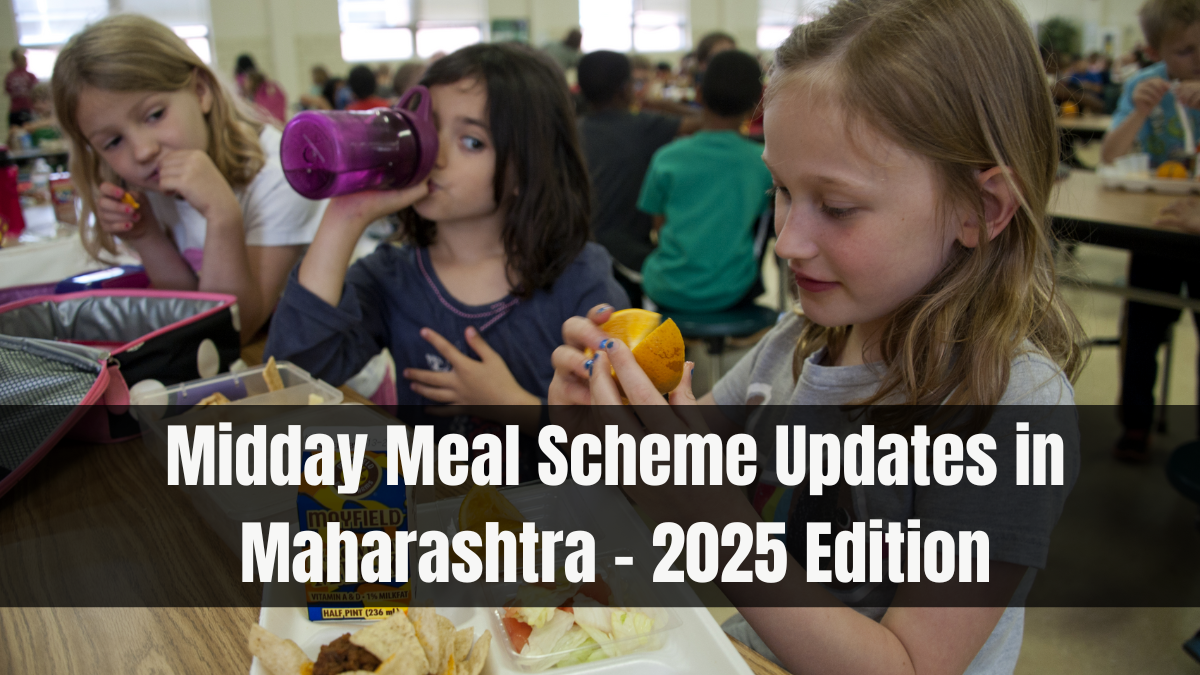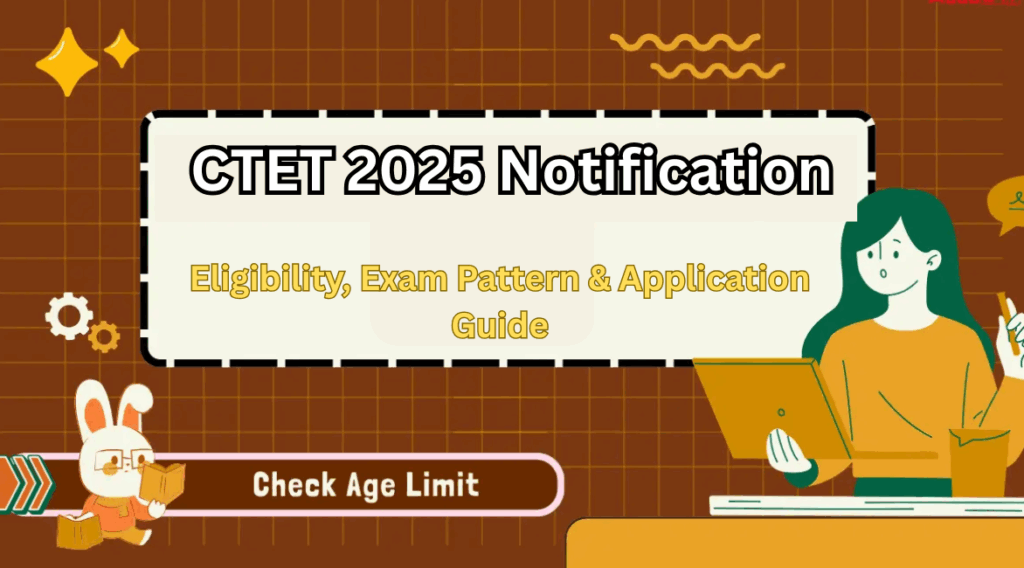The Midday meal scheme 2025 in Maharashtra has undergone significant changes aimed at improving student nutrition and attendance in government and aided schools. This scheme, run under the PM POSHAN (Pradhan Mantri Poshan Shakti Nirman) programme, has become more inclusive and health-focused, especially in tribal and rural districts of the state.
In 2025, Maharashtra’s Education and Women & Child Development departments have introduced new nutrition standards, menu upgrades, and digital tracking systems to ensure food safety and efficiency.

Table of Contents
Purpose of the Midday Meal Scheme

The Midday meal scheme 2025 continues to serve its core purpose of:
-
Improving nutritional levels among children aged 6 to 14 years.
-
Boosting school enrollment, attendance, and retention.
-
Encouraging children from marginalized and low-income communities to pursue education.
-
Promoting social equity by allowing all children to dine together regardless of caste, religion, or background.
Maharashtra serves meals to over 1.04 crore children daily across 95,000+ schools under this scheme.
Key Updates in 2025
The government has implemented several critical updates to improve the delivery and nutritional quality of meals:
-
Weekly menu changes to include regionally available vegetables, grains, and pulses.
-
Addition of millets like jowar and bajra to improve micronutrient intake.
-
Use of fortified rice (with iron, folic acid, and Vitamin B12) made mandatory in 22 districts.
-
Special egg/meat days introduced once a week in tribal areas where permissible.
-
New SOPs for hygiene, storage, and cooking methods to minimize contamination risks.
-
Introduction of calorie and protein tracking using a school meal app monitored by Zilla Parishads.
-
Inclusion of locally sourced fruits twice a week through panchayat-level tie-ups.
These upgrades ensure students receive a balanced diet rich in protein, iron, fiber, and essential vitamins.
Nutritional Value Targets (as per 2025 norms)
| Class Group | Calories per Meal | Protein per Meal |
|---|---|---|
| Primary (Class 1–5) | 450 kcal | 12 g |
| Upper Primary (6–8) | 700 kcal | 20 g |
The meals are planned to meet at least one-third of the daily calorie requirement and half of the protein requirement of a child.
Budget Allocation & Funding
In 2025, Maharashtra allocated over ₹1,300 crore towards the Midday Meal Scheme. The funds are jointly shared by the Central and State Governments in a 60:40 ratio.
Breakdown of spending:
-
Food grains: Provided free by FCI (Food Corporation of India)
-
Cooking cost per meal: ₹5.50 for primary and ₹8.00 for upper primary
-
Honorarium to cooks/helpers: ₹1,000 per month per cook (paid directly via DBT)
-
Kitchen device grants for schools to upgrade utensils and fire-safe stoves
Panchayats and local authorities are encouraged to mobilize CSR funds and local produce to supplement the menu.
Role of SHGs and School Committees
In Maharashtra, Self-Help Groups (SHGs) of rural women have been trained to cook and serve meals. Their responsibilities include:
-
Procuring vegetables, grains, and ingredients locally
-
Maintaining hygiene and proper food handling
-
Recording daily attendance and meal distribution
-
Coordinating with School Management Committees (SMCs) for grievance redressal
Digital payment systems have also been introduced for smoother fund transfers to SHGs.
Benefits to Students
The improvements in the Midday meal scheme 2025 have led to:
-
A 12% increase in school attendance across tribal regions
-
Decrease in reported cases of anemia and malnutrition among primary-age students
-
Higher participation of girl children, especially in rural schools
-
Better academic performance and alertness observed by teachers
Nutrition-based interventions like deworming, iron-folic tablets, and regular BMI checks have also been integrated into the school health program.
FAQs
What is the role of teachers in the midday meal scheme?
Teachers help supervise meal distribution, maintain attendance records, and ensure quality standards are followed daily.
Are parents involved in monitoring the scheme?
Yes. Parents who are part of School Management Committees (SMCs) regularly check food quality, quantity, and hygiene conditions.
Are students charged for midday meals?
No. Meals under the midday meal scheme are completely free of cost for students in government and aided schools.
Can children with dietary restrictions be accommodated?
Yes. Alternatives are provided to students who are vegetarian or have allergies, based on doctor’s certification.
How can complaints about meal quality be reported?
Grievances can be reported via the PM POSHAN mobile app or directly to the local education officer or school principal.
Click here to know more.






